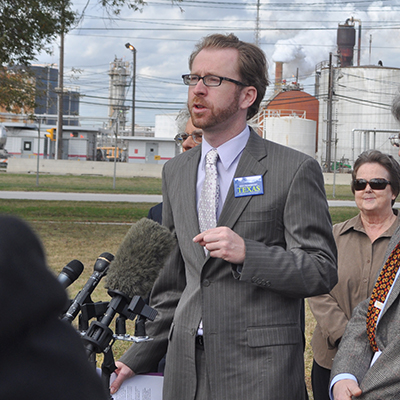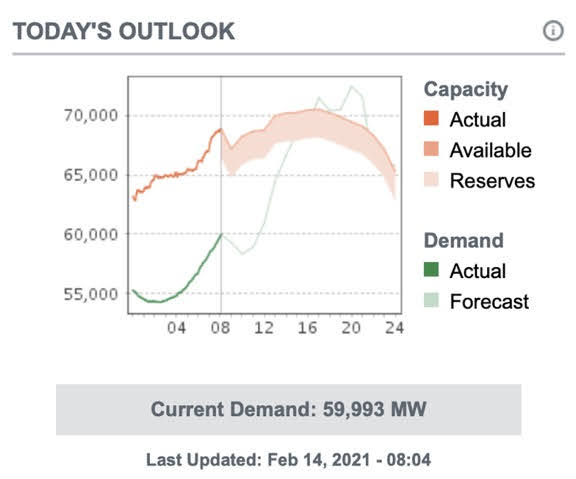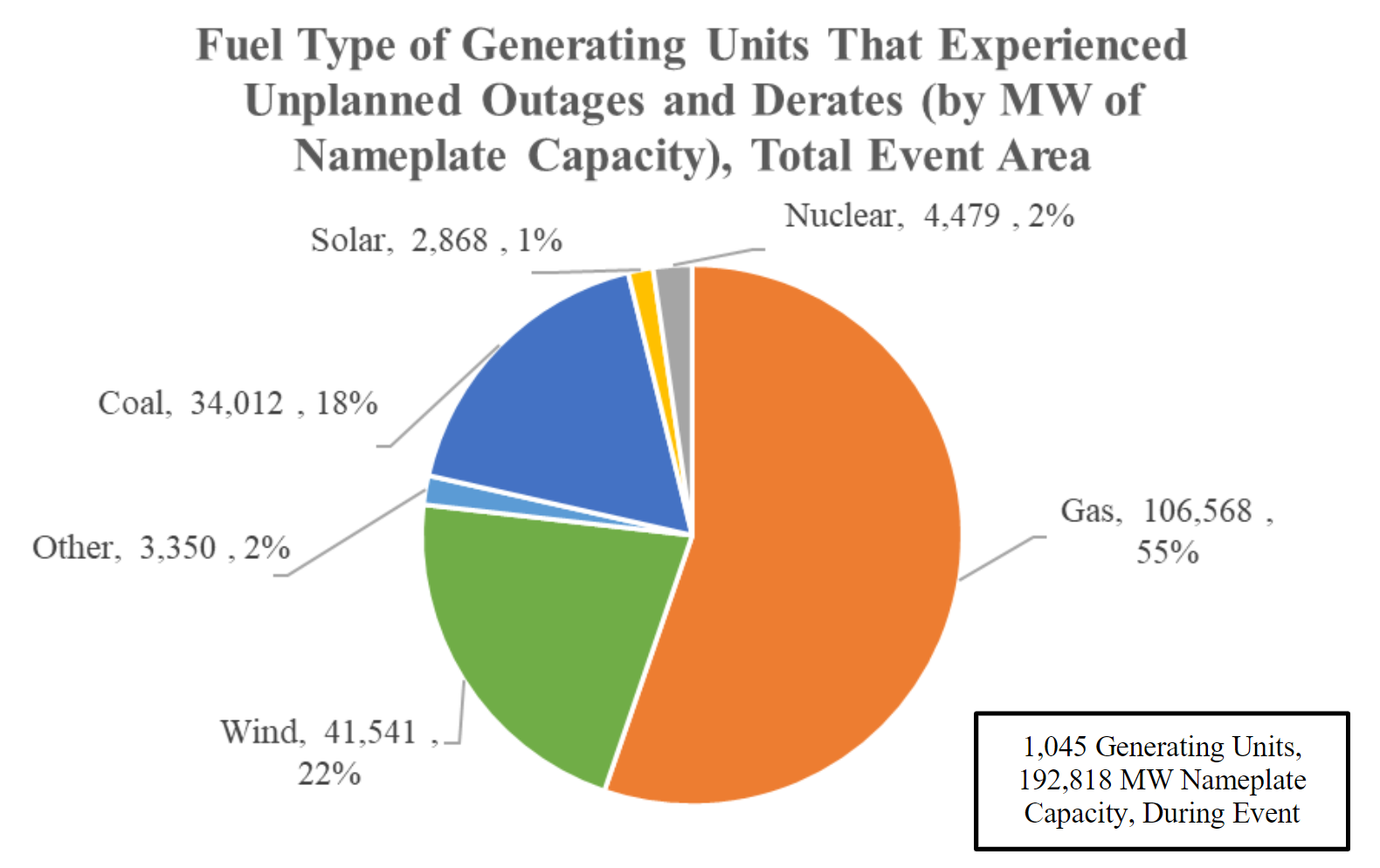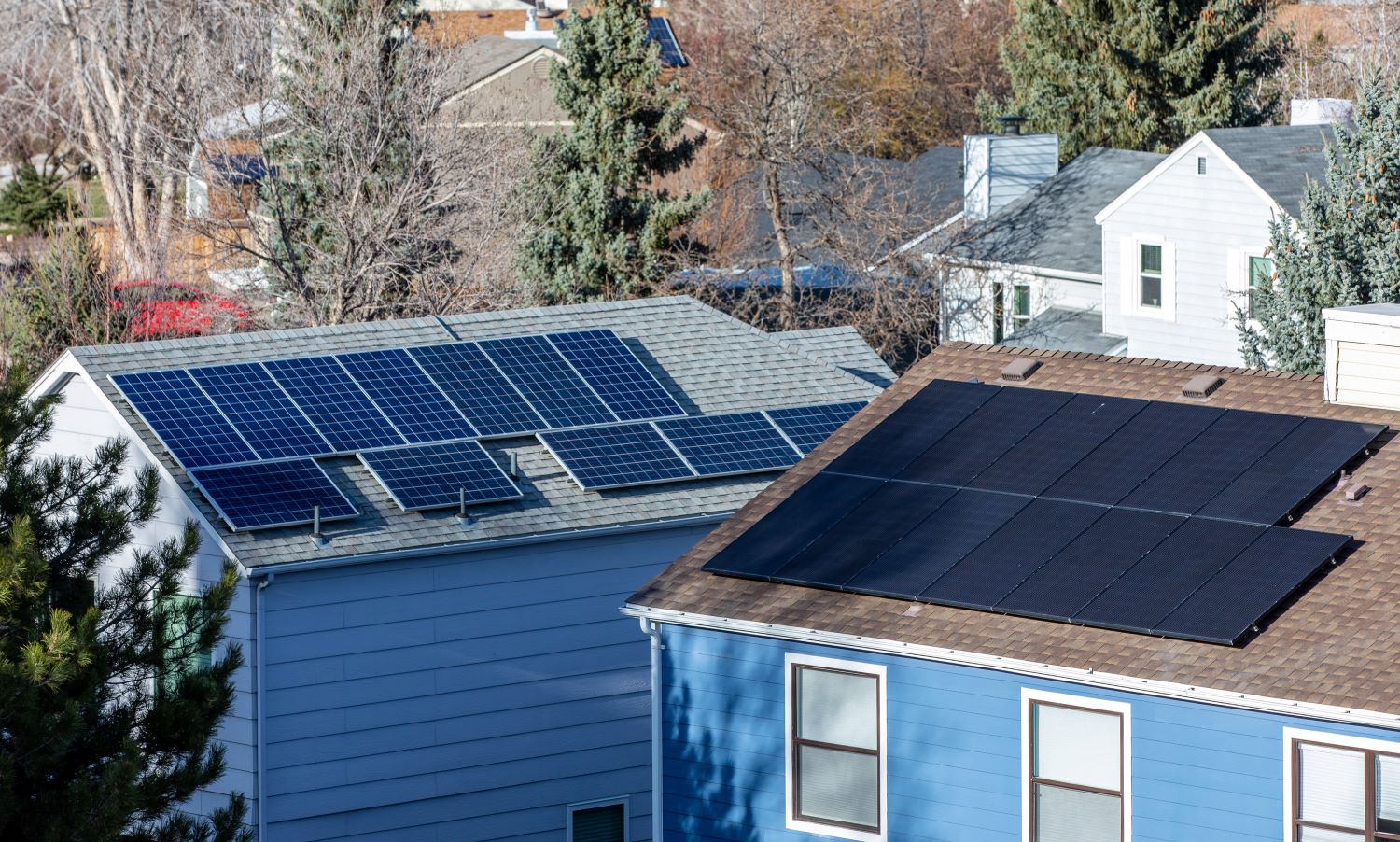
The Texas Freeze: Timeline of events
A day by day review of how the disaster unfolded.

In early February 2021, Winter Storm Uri hit Texas and crippled the state as temperatures dropped to as low as six degrees. As the anniversary of Uri approaches, it’s important to remember exactly what caused the deadly blackouts and what has, and hasn’t been done, to fix the grid. Here’s a day by day review of how the disaster unfolded.
Wednesday February 10th:
-
Electric utility crews are put on standby around the state as weather forecasts project an extreme winter storm.
Thursday February 11th:
-
The cold temperatures freeze water in oil and gas wells (when extracted, the methane gas used in power plants and for home use comes up the well with water and other liquids). These freeze-offs at the wellhead lead gas production to plummet – days before anybody loses power. Gas production in Texas ultimately drops by 45%.
-
School districts begin to issue closure announcements in preparation for the storm.
-
Icy roads in Fort Worth lead to a 133 car pile-up and six deaths.
Friday February 12th:
-
Governor Abbott issues a disaster declaration in every one of Texas’ 254 counties. The Texas Division of Emergency Management begins to deploy multiple state agencies to support response operations.
-
The Railroad Commission (the state’s oil and gas regulator) orders gas deliveries be prioritized for homes – good news for the 40% of Texas homes heated with gas, but not so good, as we’ll see, for the 60% of homes heated with electricity.
Saturday February 13th:
-
Cold weather disrupts 22 gas processing plants. Ultimately 38 gas plants shut down or reduce production, equivalent to 8.9 billion cubic feet per day of lost gas processing plant capacity.
-
Gas power plants do not have enough methane gas to meet demand. The supply shortage problem is compounded when equipment at the power plants also freezes. The weather also takes coal and nuclear generators offline as lines, valves, and other equipment freeze. Dozens of wind turbines stop as ice forms around blades.
-
With no place to send gas, producing wells instead vent or flare it – 1.6 billion cubic feet of methane (a powerful greenhouse gas) in a single day.
Sunday February 14th (Valentine’s Day):
-
Demand for electricity and gas surges as people turn up their heaters. The Electric Reliability Council of Texas (ERCOT) projects electricity demand will exceed available supply, and issues an urgent conservation alert.

-
Unplanned generating unit outages escalate “sharply in the late-night hours of February 14 into the early morning hours of February 15, and ERCOT set an all-time winter peak record for system load of 69,871 MW at 8:00 p.m. on February 14.”
-
ERCOT warns of possible rolling outages through Tuesday, the 16th.
-
President Biden grants Texas a Federal Emergency Declaration at Governor Abbott’s request.
Monday February 15th:
-
Starting just after 1 am, ERCOT starts ordering electric companies around the state to cut power (called “load shedding”) to homes and businesses in order to prevent a complete shutdown of the entire grid. Areas designated as “critical” (for example hospitals) are left alone while other neighborhoods lose power. ERCOT orders more and more load shedding until supply and demand are finally brought into balance. 3.6 million homes and businesses are without power by Monday evening. Most of the state is now under a blackout.
-
A number of methane gas processing facilities, which failed to register as critical infrastructure, also lose power, increasing the difficulty of getting the gas to power plants.
-
A computer glitch leads megawatts to be taken off of the grid due to incorrect price signals. The Commission orders ERCOT to correct that problem manually, setting prices to $9000 per megawatt-hour in hopes of encouraging more supply to come online. This ultimately results in staggeringly expensive energy bills being sent to residential customers.
-
After snow falls on much of the state, Texas supermarket chain H-E-B imposes rations on water and propane purchases.
-
While neighboring electric grids also suffer from generation outages, they are able to import power from the east coast, which did not have the same arctic weather conditions. Texas is effectively islanded from the rest of the nation’s electric grids, able to import only 1000 megawatts.
-
Oil refineries, chemical plants and other industrial operators also lose power, leading 3.5 million pounds of pollution to be released.
Tuesday February 16th:
-
At its coldest point on February 15th and 16th, Texas temperatures were 40 degrees below normal.
-
Governor Abbott goes on Fox News’ Sean Hannity show to falsely claim that the blackout was largely caused by renewable energy. Hours earlier, a Senior Director for ERCOT saidfrozen wind turbines were “the least significant factor in the blackouts.”
-
Governor Abbott declares the reform of ERCOT an emergency item for the legislature.
Wednesday, February 17th:
-
More freezing rain and snow stalls restoration efforts leaving 2.8 million Texans without power.
-
Governor Abbott issues an executive order making gas producers sell to power generators in Texas rather than shipping the methane gas out of state.
-
Rick Perry, the former Governor of Texas and Secretary of Energy says Texans would go even longer without power “to keep the federal government out of their business.”
Thursday, February 18th:
-
After temperatures rose and more generation was brought online, ERCOT ends statewide rolling outages.
Friday, February 19th:
- As the blackout crisis recedes, a new one emerges. Cold weather broke water mains and led people to drip their faucets to prevent their pipes from freezing, while power outages also hit water treatment plants. “Due to the combination of a drop in supply from treatment plants failing and the increase in water demand from dripping faucets and leaks, the pressure dropped in the system. A loss in pressure can lead to dangerous bacteria in the water supply.”
- Nearly 15 million people across Texas lose access to clean water and are forced to boil their water (from their taps or from melted snow) before drinking or cooking with it.
In total, 69% of Texans lost power during the storm with outages averaging 42 hours. Hundreds were killed from hypothermia, carbon monoxide poisoning, and other problems resulting from the loss of power to critical medical equipment.
Uri was the costliest natural disaster in Texas history causing over $195 billion in damages. 75% of Texans had difficulty obtaining food and 63% had difficulty obtaining water. Electric bills went up, with some receiving electric bills of up to $17,000. During the freeze, methane gas providers posted approximately $11 billion in profits. Texas residents will be paying gas companies on their bills for up to the next 30 years.
FERC is investigating possible market manipulation. While all forms of generation struggled under the extremely cold temperatures, FERC determined the majority of outages were at gas power plants.

This didn’t have to happen. The state has had cold weather-induced blackouts before, including in 1989 and in 2011. Federal regulators recommended then that power plants and the infrastructure that extracts and transports methane gas be weatherized, but the Legislature chose against requiring it. Had weatherization taken place then, the state would have largely avoided the blackouts.
On June 8th 2021, the Texas state legislature passed Senate Bill 3 which required the PUC to implement weatherization standards for power plants. According to ERCOT, 321 of the 324 generators it inspected are compliant with the new weatherization requirements. Gas supply companies however are not yet subject to any weatherization requirements and have not made significant upgrades.
There is growing scientific evidence that Winter Storm Uri was linked to climate change. Whether it’s another disruption of the polar vortex leading arctic temperatures to reach Texas and freeze the gas supply, extreme heat straining the capacity of the grid to keep air conditioners running, or drought drying up cooling ponds necessary for coal, gas and nuclear plants, we know global warming poses a major threat to grid resilience. While weatherizing power plants and the gas supply are important short term measures to “fix the grid,” to prevent some of the most extreme weather scenarios we’ll see under a warming planet, it’s critical that we rapidly move away from fossil fuels altogether.

Thank you for reading. Now, we have a small favor to ask.
We stand up for the environment, and it’s people like you who make it all possible. Our staff research the issues, educate the public, and win tangible results for a greener future. Our members put grassroots support behind our research and advocacy.
Now more than ever your support can make a difference. As threats to the planet grow, our work becomes more important every day. Every contribution to Environment America, a 501(c)(4) organization, powers our research, fuels our advocacy, and sustains our future.
Topics
Authors
Luke Metzger
Executive Director, Environment Texas
As the executive director of Environment Texas, Luke is a leading voice in the state for clean air and water, parks and wildlife, and a livable climate. Luke recently led the successful campaign to get the Texas Legislature and voters to invest $1 billion to buy land for new state parks. He also helped win permanent protection for the Christmas Mountains of Big Bend; helped compel Exxon, Shell and Chevron Phillips to cut air pollution at four Texas refineries and chemical plants; and got the Austin and Houston school districts to install filters on water fountains to protect children from lead in drinking water. The San Antonio Current has called Luke "long one of the most energetic and dedicated defenders of environmental issues in the state." He has been named one of the "Top Lobbyists for Causes" by Capitol Inside, received the President's Award from the Texas Recreation and Parks Society for his work to protect Texas parks. He is a board member of the Clean Air Force of Central Texas and an advisory board member of the Texas Tech University Masters of Public Administration program. Luke, his wife, son and daughters are working to visit every state park in Texas.
Find Out More

Bank of America said it would stop financing drilling in the Arctic Refuge. Now it’s backtracking.

Let us now praise rooftop solar: A tale from New England

Unlocking America’s rooftop solar potential



